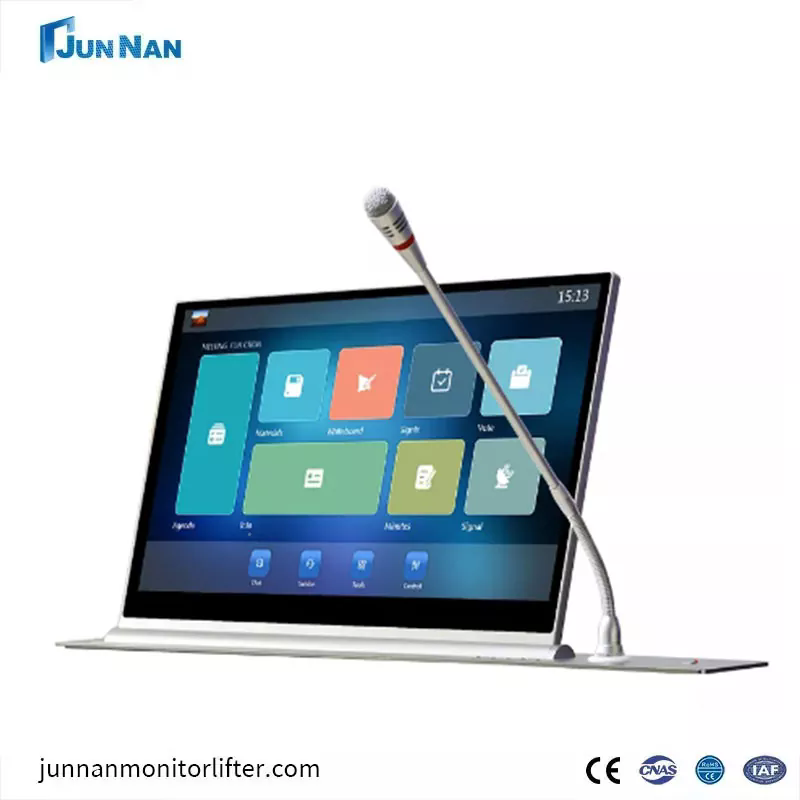Paperless Meeting System: Revolutionizing Modern Business Communication
2025-05-06
In today’s digital age, organizations are constantly seeking ways to improve efficiency, cut costs, and reduce environmental impact. One significant innovation that addresses all three goals is the Paperless Meeting System. This modern solution replaces traditional printed meeting materials with digital documents, streamlining the entire meeting process from preparation to follow-up.

What Is a Paperless Meeting System?
A Paperless Meeting System is a digital platform or software solution that allows users to create, distribute, view, and annotate meeting documents electronically. It typically includes features such as agenda management, document sharing, real-time collaboration, note-taking, and voting tools. The system is accessible via laptops, tablets, or even smartphones, ensuring participants can join and contribute from anywhere.
Key Features
1. Digital Agenda and Document Management
Organizers can create and distribute meeting agendas and documents with just a few clicks, eliminating the need for printing and manual distribution.
2. Real-Time Updates and Collaboration
Participants can view live updates, share feedback, and collaborate on documents during the meeting, promoting greater engagement and efficiency.
3. Annotation and Note-Taking Tools
Users can highlight text, add notes, and bookmark important sections—either publicly or privately.
4. Voting and Decision Tracking
Built-in polling or voting features allow for quick decision-making with automatic record-keeping.
5. Secure Access and Permissions Control
Documents can be encrypted and access permissions set by user roles, ensuring data confidentiality.
Benefits of a Paperless Meeting System
Increased Efficiency: Reduces time spent printing, organizing, and distributing materials.
Cost Savings: Cuts down on printing, paper, and administrative costs.
Eco-Friendly: Significantly reduces paper waste, contributing to sustainability efforts.
Enhanced Accessibility: Meeting materials are available anytime, anywhere, on any device.
Better Organization: Centralizes meeting data, making it easier to archive and retrieve documents.
Common Use Cases
Corporate Board Meetings
Easily manage high-stakes meetings with secure document sharing and streamlined workflows.
Government and Public Sector
Improve transparency, record-keeping, and reduce costs in public administration.
Educational Institutions
Facilitate efficient faculty meetings, academic councils, and project discussions.
Healthcare and Legal Firms
Maintain strict confidentiality while improving document accessibility and collaboration.
Conclusion
The Paperless Meeting System is more than a trend—it's a strategic tool for modern organizations aiming to optimize productivity and reduce their carbon footprint. By adopting digital meeting solutions, businesses not only streamline operations but also demonstrate a commitment to innovation and environmental responsibility.


